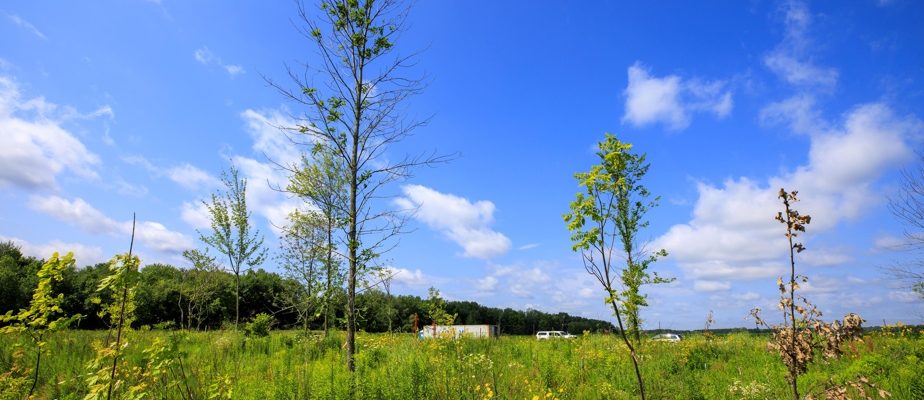(Paris) Planting trees, a classic tool in the fight against global warming, can have the opposite effect if it transforms light areas, which reflect the sun’s energy, into a dark forest which absorbs it, warns a study published Tuesday, which maps places suitable for reforestation.
Trees, by absorbing carbon dioxide, play a vital role in absorbing greenhouse gases from human activity, the cause of global warming.
But reforestation also has the effect of reducing the albedo – the power of a surface to reflect solar radiation – to a maximum on snow-covered ground and to a minimum for bodies of water or forest.
The study, published in the journal Nature Communicationsshows that reforestation projects that do not include the calculation of albedo in the equation overestimate by 20 to 80% the beneficial effect on the climate of additional trees planted.
“There are places where putting trees back leads to net negative outcomes for the climate,” study co-author Susan Cook-Patton told AFP.
At a time when many countries have promised to plant billions of trees, the maps provided by the study should help policy makers identify the best places to reforest with maximum impact on limiting global warming, explains the forest restoration researcher.
Humid and tropical environments such as the Amazon and Congo Basin allow high carbon storage with only small reductions in albedo, making them ideal places to restore forest cover.
Conversely, afforestation of temperate meadows and savannahs would be counterproductive, explains Mme Cook-Patton.
“We really don’t want our work to be a general criticism of the global reforestation movement,” insists the researcher, highlighting the undeniable benefits for people and the planet, particularly through improving air quality and some water.
“But we can’t plant trees everywhere. We don’t have enough money, time, resources, people or seeds. It is therefore a question of making the most of limited investments and obtaining the best climate return per hectare of investment,” concludes M.me Cook-Patton.
